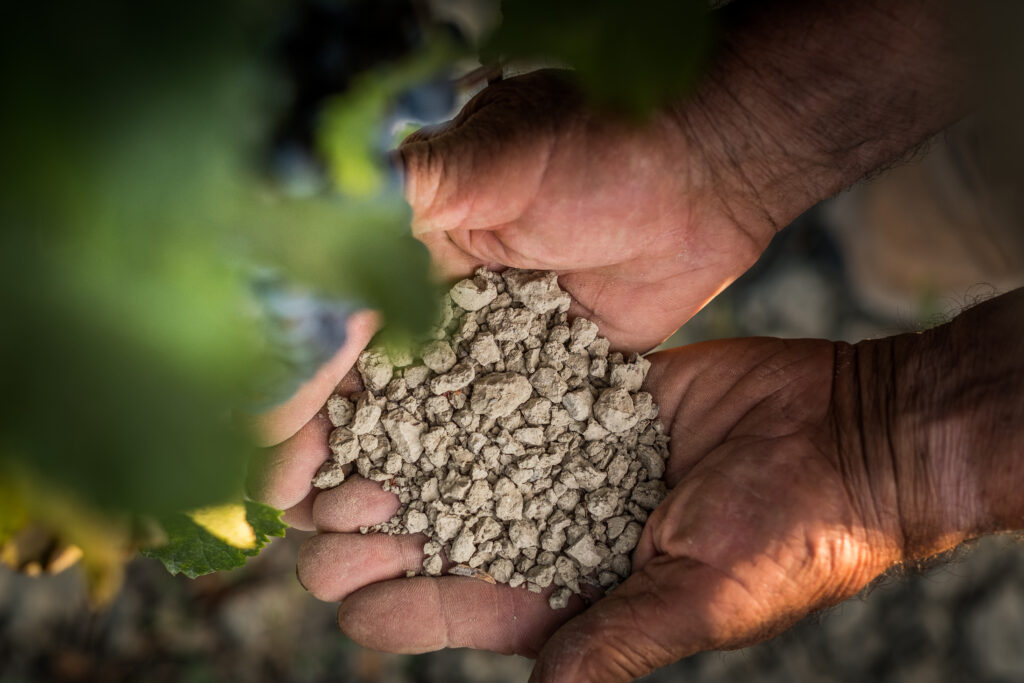C3: Location–Terrain

In addition to the influence climate can have on a vineyard, there are multiple physical or geographic influences for a vineyard:
Direction to Sun (Aspect): Ideally, vineyards face south/southeast in the Northern Hemisphere to maximize exposure to the sun, while Southern Hemisphere vineyards are ideally north/northeast facing.
Hills/Slopes: Hills and slopes allow maximum sunlight exposure and provide the best drainage to ensure grapevine roots get enough water without sitting in standing water which can cause root rot.
Mountains: Foothills and mountains help protect vineyards by blocking rain, storms, excessive winds or other damaging forces while creating the ideal climate for vineyard success. Mountains along with lower hills provide higher elevations (altitudes) which lowers the temperature.
Waterways: Large bodies of water like oceans, lakes or rivers can cool vineyards during hot summer growing months, warm vineyards as temperatures cool in the fall, and reflect sun providing warmth and sunlight to vineyards.
These are just a few influences on vineyards to provide examples of how the specific terrain and physical location of a vineyard can dramatically impact how well a grapevine can grow and produce fruit as well as what types of grapes can survive and thrive. Let’s move on and explore the results of where a grape is grown on the type and style of wine a winemaker can achieve!

